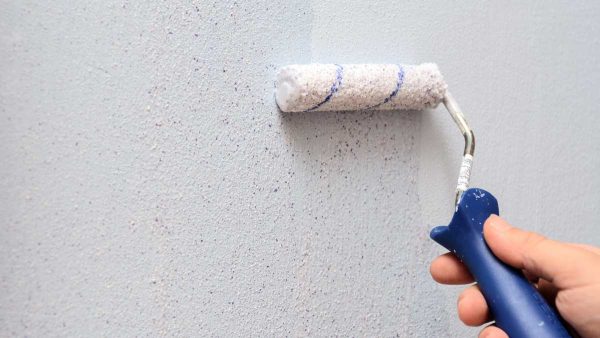Types of building coatings

Building exteriors are meant to keep water out. But brick, stone, mortar, stucco or EIFS can’t always do the job themselves. That’s where coatings come in.
A protective coating that can be rolled or sprayed on the outside of a building will make sure that water and other elements of the environment can’t get in and wreak havoc on the inside. It’s a crucial component of the building envelope that can keep your building in better shape for the long haul.
Here are a few common coatings you need to know.
Urethane
Exterior urethane products can be applied with a brush, roller or sprayer, and they work well for a wide variety of applications. They’re durable and strong even in cold weather, resisting many common types of damage. For this reason they’re used in a lot of heavy-duty industrial applications.
Urethane keeps out weather and UV light as well as mold, mildew, fungus and other organisms that can grow on the surface. They can be formulated to apply directly to metal or in multi-coat applications.
Unlike some other coatings it’s not a great rust inhibitor when applied directly to a metal surface—other coatings work better for that. But it does just about everything else well. It’s a great choice for surfaces that are going to see a lot of hard wear.
Epoxy
Epoxy is used for a huge variety of applications from art to glue to coatings, and it’s best known for its extremely strong adhesion once it’s been set in place. Epoxy starts in two components: the resin and the hardener. The two-part solution is brought to the site separately and mixed together, where it will form a very strong bond if used as glue or a durable coating if used for that application.
Like urethane it has good resistance to many environmental factors including heat and chemicals. But epoxy is more often used inside, because when exposed to UV light it can discolor and gain a milky surface layer that’s not attractive in outdoor applications.
Elastomeric coatings
Elastomeric coatings are almost like a skin. Sometimes referred to as latex coating or acrylic latex, this material rolls on as a liquid but dries as a sort of outer skin that’s flexible and durable. It’s great for concrete waterproofing because it dries quickly, retains color and is resistant to damage. Concrete gets small cracks in the surface over time and these cracks can allow water to break it apart. Small cracks don’t affect elastomeric coatings because the coating is an entity of its own—it will stretch over the crack if it’s not too big.
These three coatings cover most of the needs in your building, but it takes a professional eye and experience to know which one to use and how to apply it correctly. If you think you might need a coating for your building, call JK Industries and we’ll be happy to come take a look. We’ll do the process right the first time.
